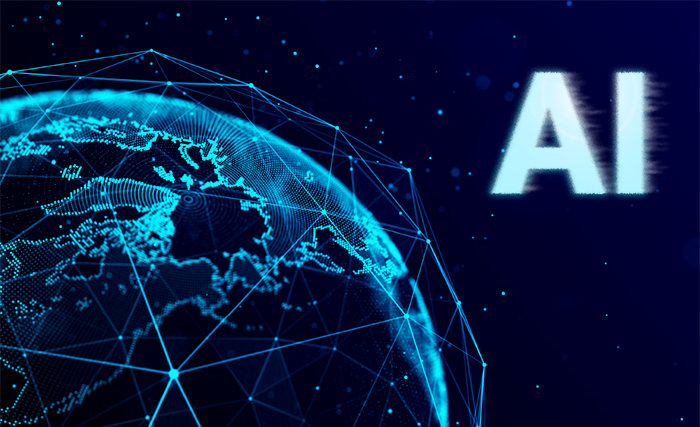Since OpenAI's ChatGPT spectacular AI product was published last year, AI has continued to flourish, with big suppliers both domestic and international increasing their investment in an arithmetic arms race. Several major manufacturers are currently procuring chips and developing AI data centers to train their enormous models. The entire process, from chip manufacture to model training to the final AI application, requires a lot of power, thus we believe that energy will be the lifeblood of AI in the future.

We can also see from the statements and actions of AI CEOs. OpenAI founder Sam Altman's largest personal investment is in nuclear fusion; Tesla CEO Musk stated that the market will transition from "lack of silicon" to "lack of electricity" in two years, potentially impeding AI development. This may impede the development of AI.
According to company data, TSMC consumes more than 20 billion kWh of electricity annually, and Deloitte predicts that by 2025, TSMC would account for 12.5% of total energy consumption in Taiwan, China. Taking Google's power consumption of 18.3 TWh in 2021, when AI accounted for 10% to 15% of Google's total power consumption, after completely implementing AI search, Google's AI power consumption may reach a maximum of 27.4 TWh, which is comparable to the power used in Ireland for an entire year.
Domestically, China is seeing a diminishing demographic dividend, which is putting some pressure on the economy. China's supply system has a surplus of low-end products and a deficit of high-end products. So gradually put forward the supply-side reform, new quality productivity, and domestic and international double cycle concept, in order to promote the industrial chain to high value-added industries; high energy consumption and pollution industries to green low-carbon industry migration; and, at the same time, to encourage China's enterprises to go to sea, the power equipment industry is one of the focal points.
China's power equipment companies have clear advantages. Technology, photovoltaic industry in high-efficiency crystalline silicon battery technology, module manufacturing, and other aspects of the world's leading level, while the energy storage industry in battery technology, energy management systems, and other aspects of important breakthroughs; cost, primarily due to scale effect, technological innovation, and labor cost advantages. This helps our companies to offer more competitive prices and get a larger market share in the worldwide market. Furthermore, the full industrial chain is a significant benefit for us in going to sea, as it allows our enterprises to have greater control over cost control, product quality, and delivery cycle. China has steadily become the world's greatest energy producer, developing a diverse and clean energy supply system. In recent years, China's PV modules accounted for over 75% of the global market, while cells accounted for approximately 80% and silicon wafers for roughly 90%. After coal, solar power has replaced hydro power as China's second major source of electricity.
In terms of investment potential, the solar and energy storage industries had a rather big retraction in 2023, which was historically low. Overseas market inventory continues to depolymerize, and demand is increasing; at the same time, the industrial chain price has already reached its low point, domestic enterprises' excess capacity is accelerating to clear, and the market's concerns about overcapacity and future profitability declines will be alleviated. From a cyclical perspective, the new energy industry is nearing the bottom of the industry; the next step is expected to usher in the industry's inflection point, with competitive advantages of the leading companies ushering in the volume of profits and market confidence following the Davis double hit.






